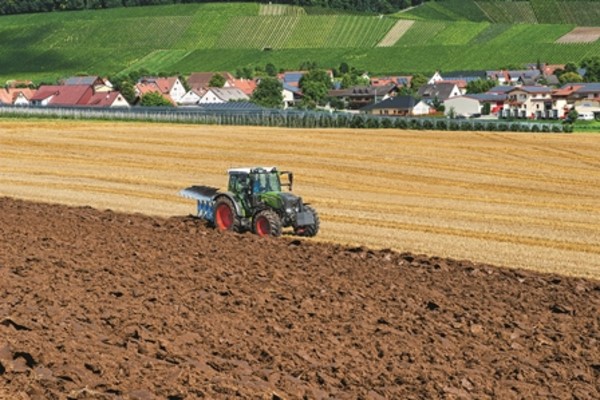
Growth for European tractor and machinery market
Registrations and sales on the increase in Europe in 2017 with good prospects for current year. The Mother Regulation leading to strong gains of tractors in power category of less that 50 Hp
2017 had a positive closing for the European tractor sector, with a remarkable increase in tractors registrations with over 160,000 new vehicles and a double digit increase compared with 2016 (+12.8%). This figure was published by the Cema, the European Association of Agricultural Machinery Manufacturers. Last year’s growth – Cema highlights – is mainly due to a peak in December’s tractors registrations, especially tractors under 50 Hp. In fact, in this market segment the increase reached record levels, with a +38,4% on the previous year. Machines above 50 Hp had a more contained growth, with a +6.4% on 2016. According to the Association of European Manufacturers, the boom at the end of the year is due to the entry into force in the European Union of new technical requirements (envisaged by the Mother Regulation), that became mandatory on 1th January 2018. These new regulations involved tractors up to 50 Hp and regarded for example the braking and lightning systems. “So, - explains Cema - for the manufacturing companies it was necessary to register and sell machines not compliant with the new Communitarian standards by the end of 2017 and for this reason, it is physiological to expect, in the first months of 2018, a decrease in registrations.” However, the case of low power tractors is part of a positive trend for the entire sector, also due to the stability of the “flagships” sector, where tractors above 300 Hp remained at the levels of 2016. The only sector bucking this trend regards medium power tractors (100-150 Hp) which had a slight decrease in registrations.
From tractors to equipment, the growth is transversal
All European markets ended 2017 positively, albeit with some significant differences among countries, with Denmark acting as a locomotive (+22.9% on the previous year). Also worth mentioning is the substantial +5.7% achieved by Spain. France represents an exception, with a 2.2% decrease in tractors registrations compared to 2016. “This setback – explains in a note the Association of European Manufacturers – is due to a sharp decline in the first half of 2017, partly offset by a significant recovery in the second half of the year. On the other hand, by considering the entire sector of agricultural machinery, France had a strong growth resulting in an increase of the turnover by 2.1%.” This is a common growth for other European countries such as Germany. Here, the increase in turnover reached 9% thanks to the towing effect of tractors, while the trend in application demand was less linear. Encouraging signs also come from the Italian agricultural machinery market, which had a growing demand for many types of equipment. There were similar dynamics in the Netherlands but, above all, in Great Britain, where the funding mechanisms have been the driving force behind sales increase (with the only exception of sprayers and seeders). Instead, the Belgian market closed with a negative sign, due to the stop to presses and combine harvesters. According to Cema forecasts, the expansion phase will continue in 2018, regarding the main European countries, from Germany to Italy, France, and Great Britain. In fact, according to the Association of the European Manufacturers, market indexes (which have been growing for several months) have reached their peak since 2009.








